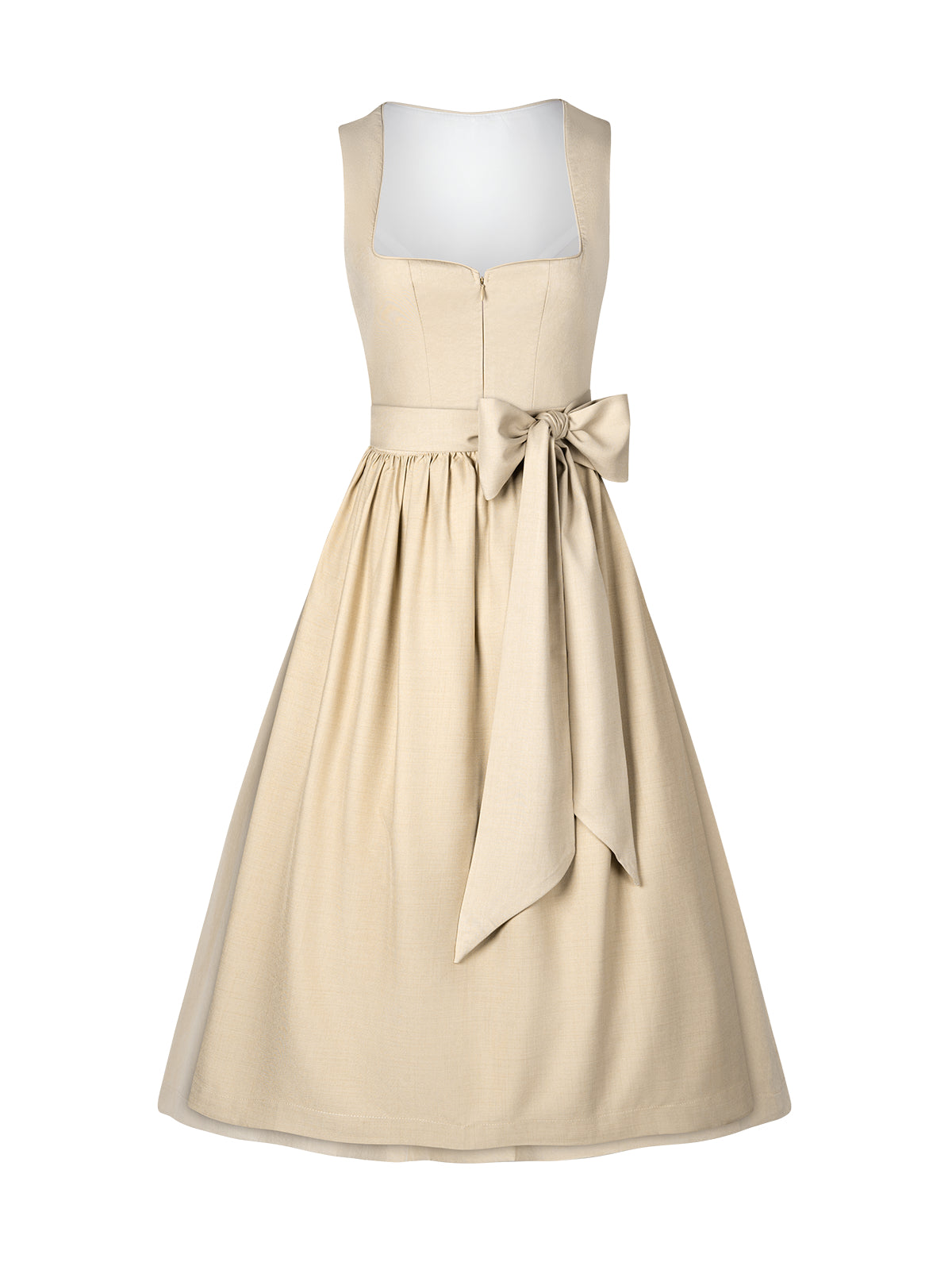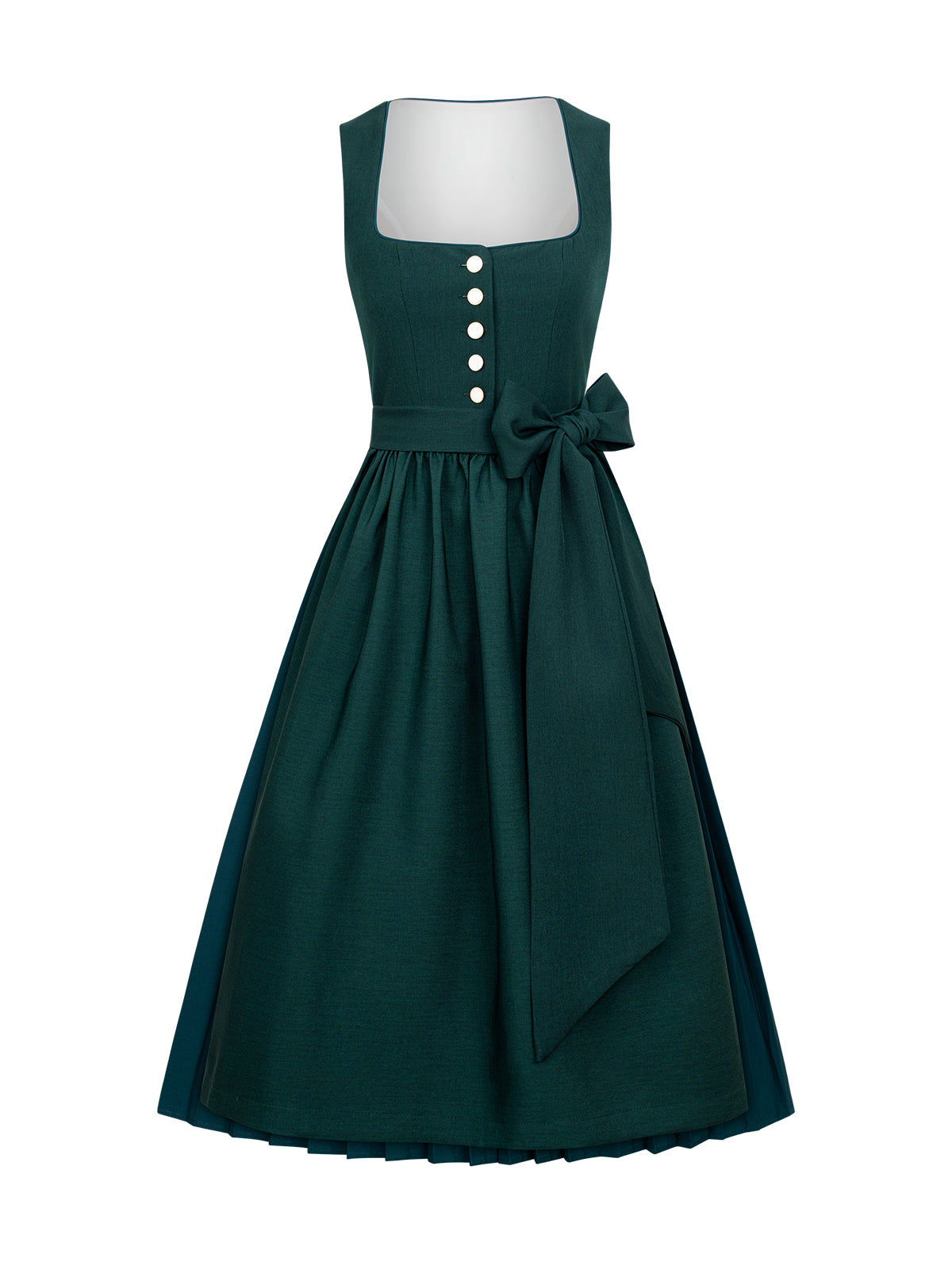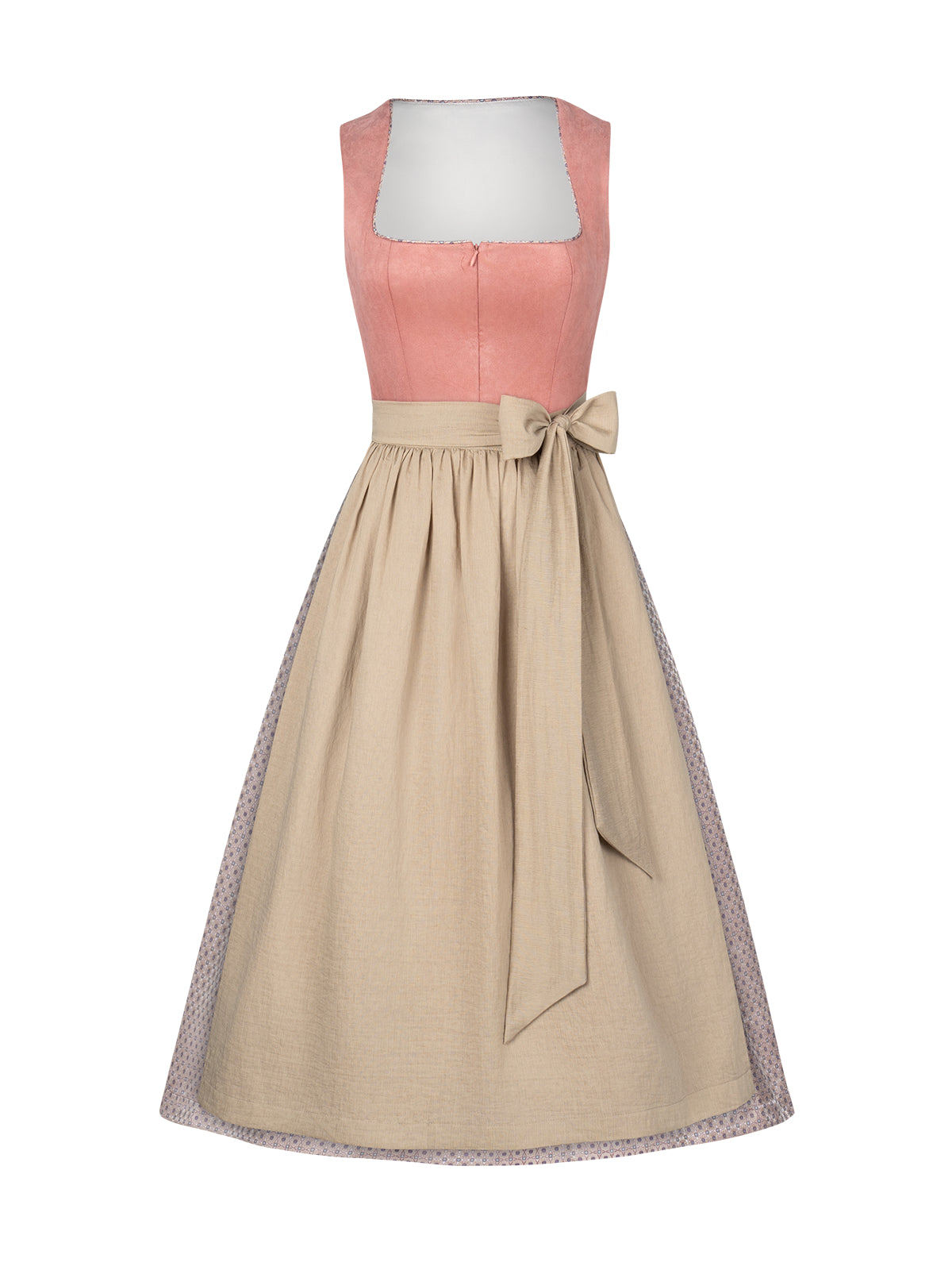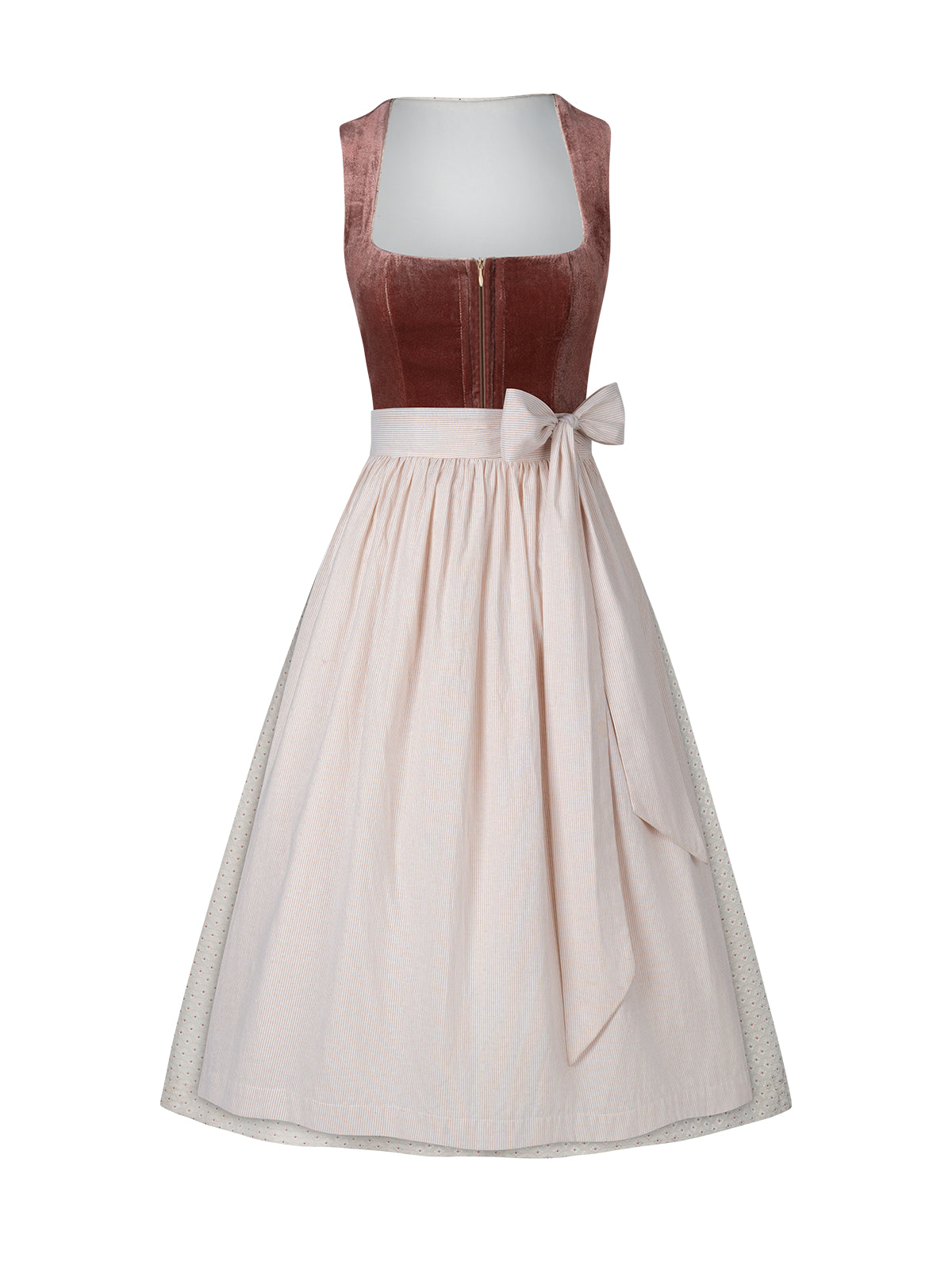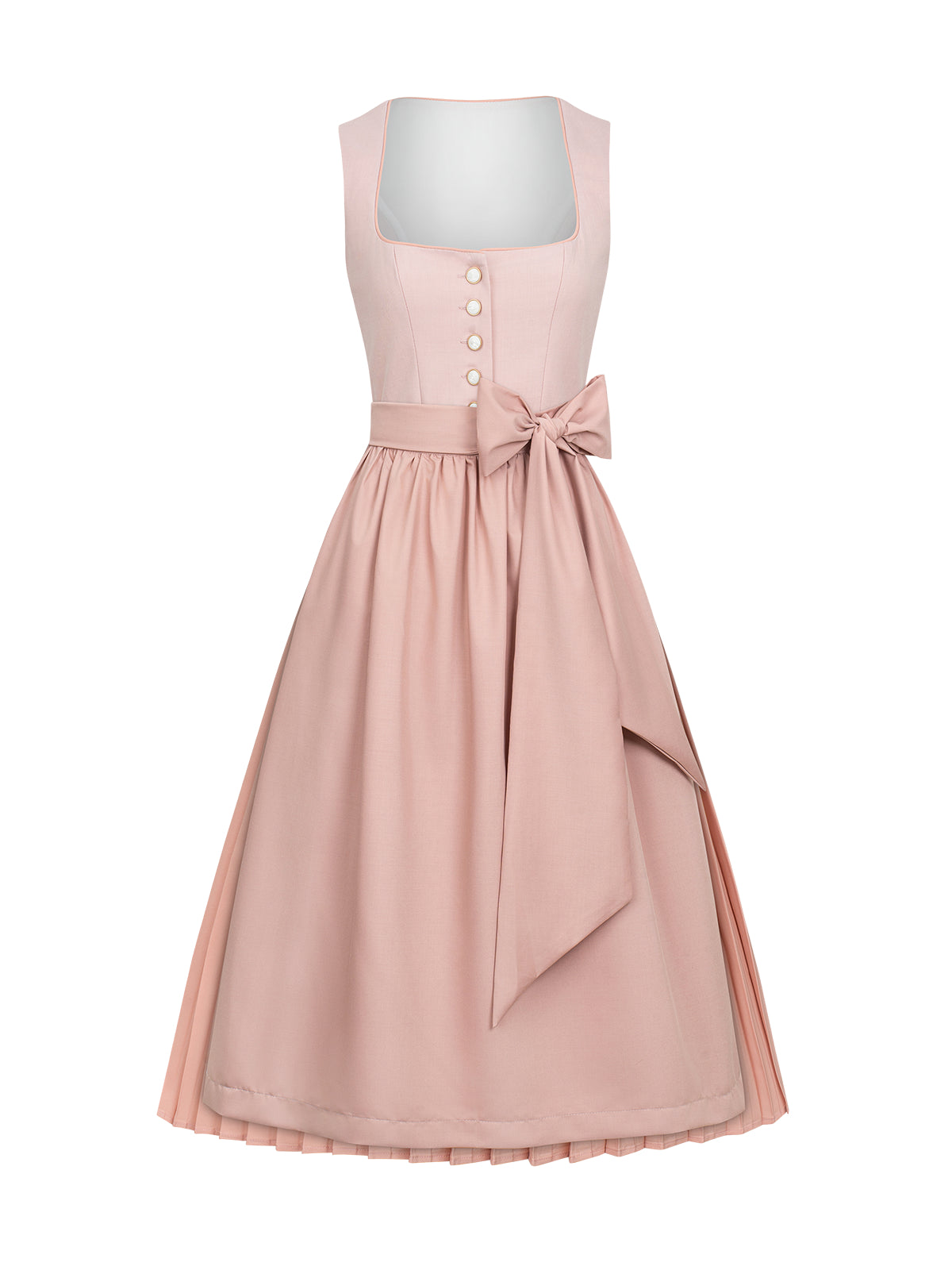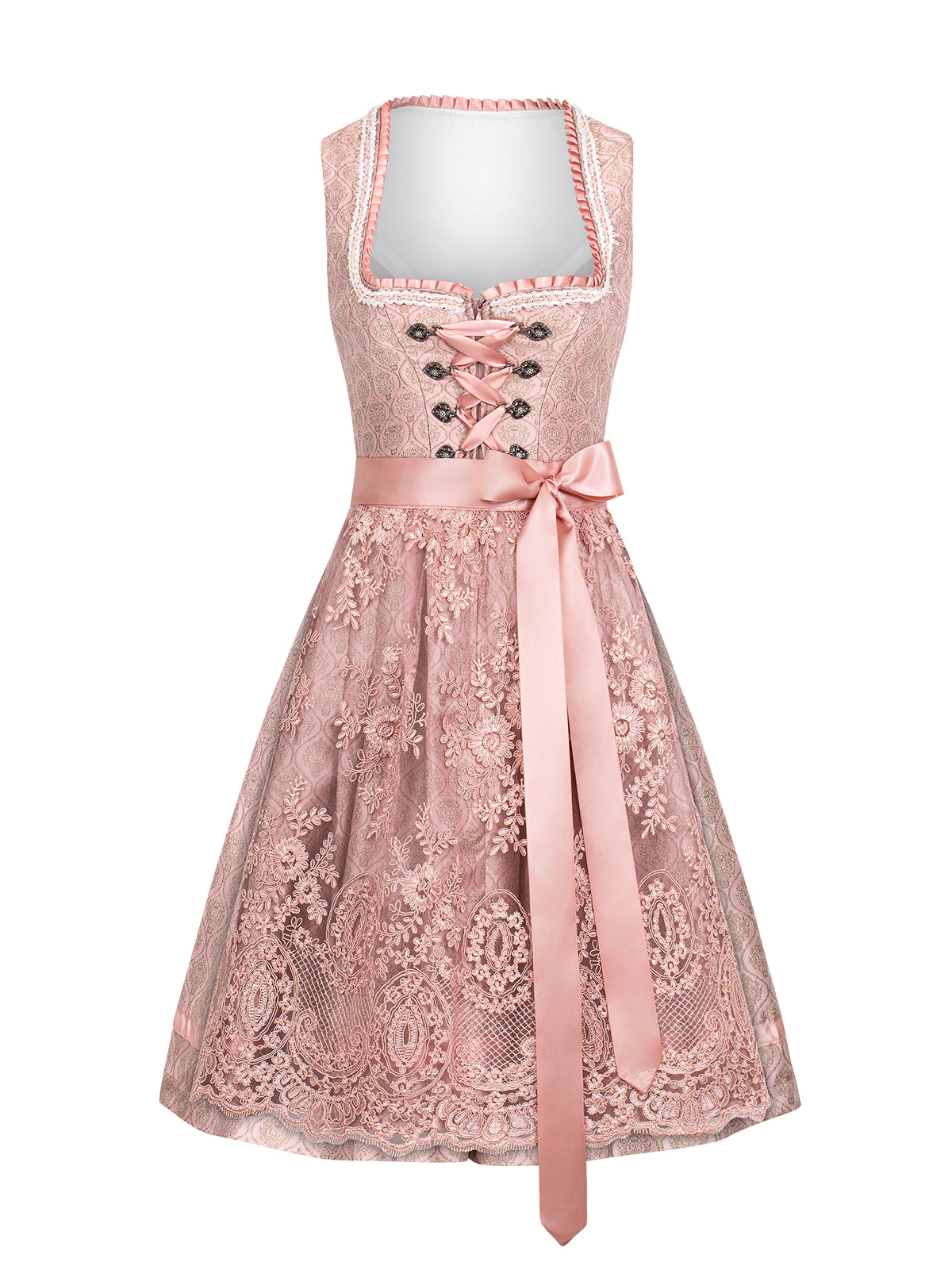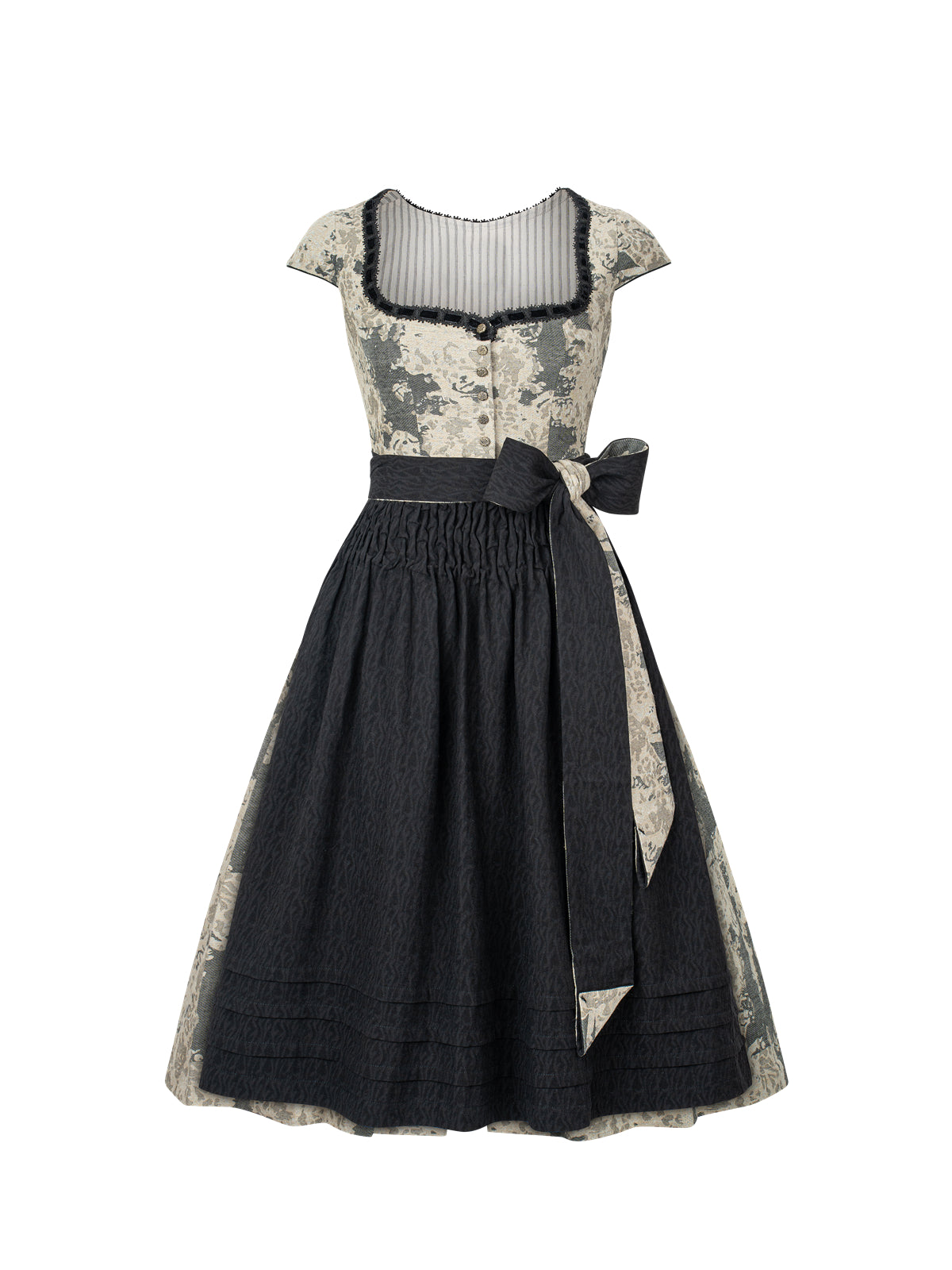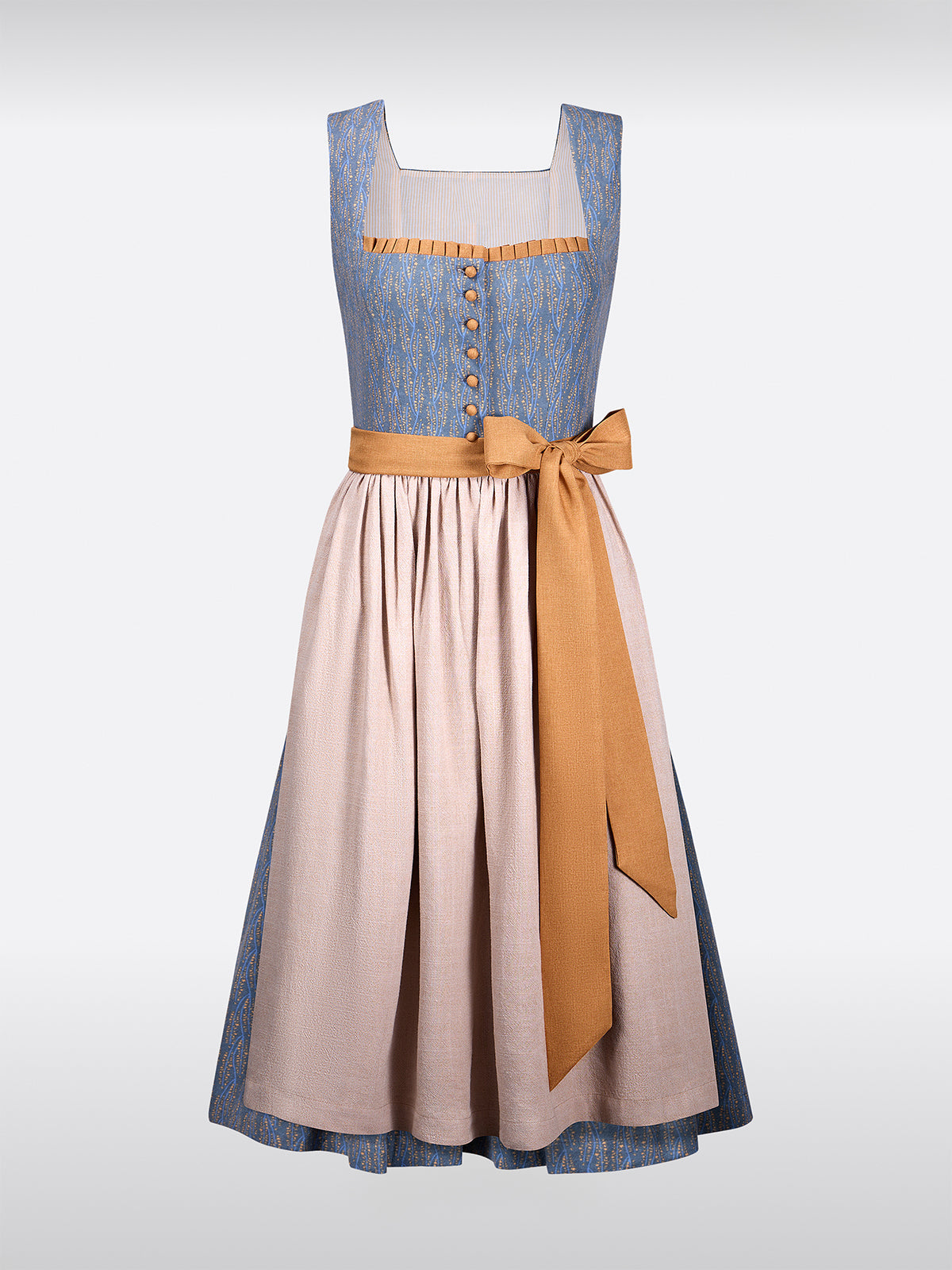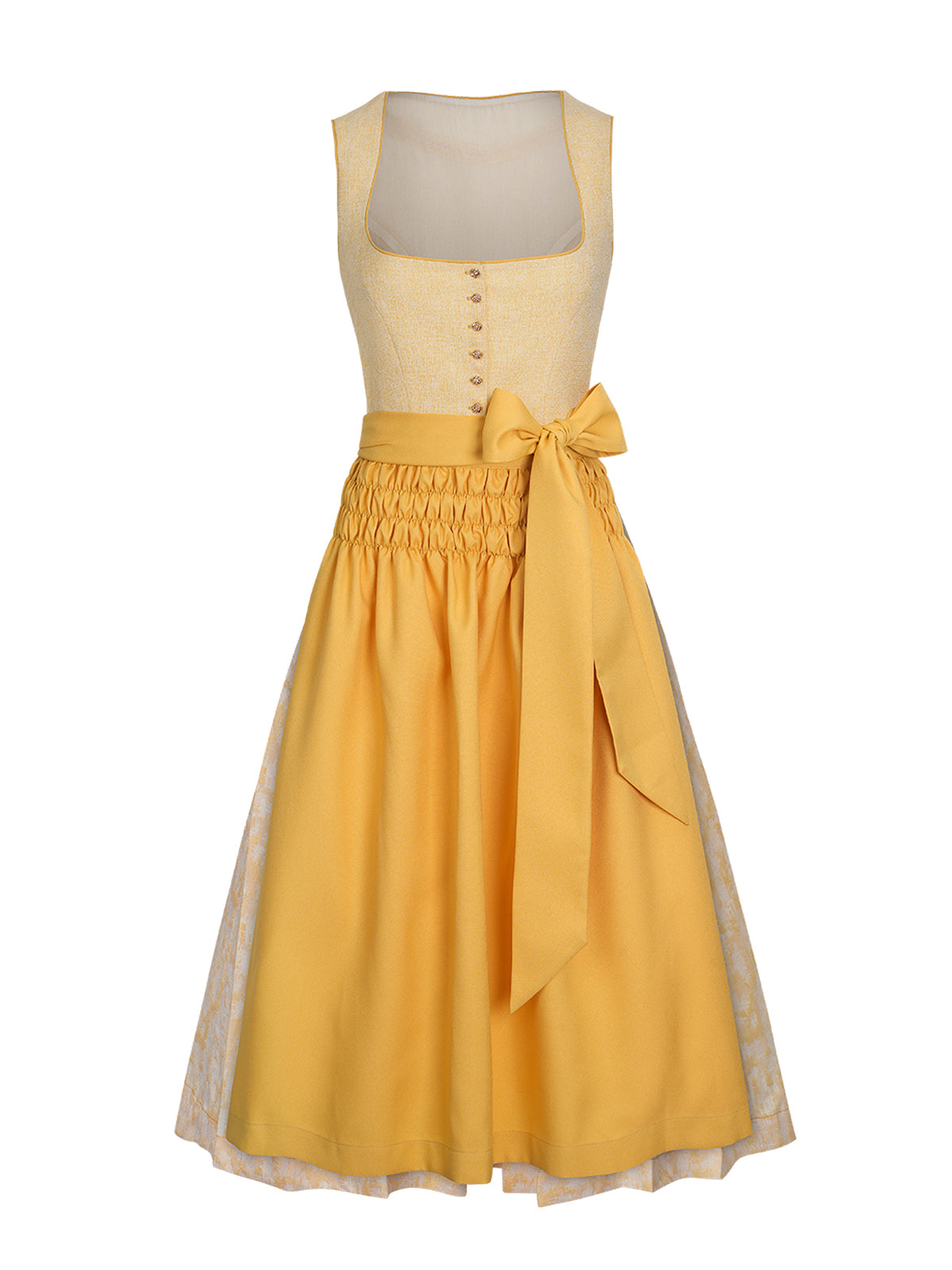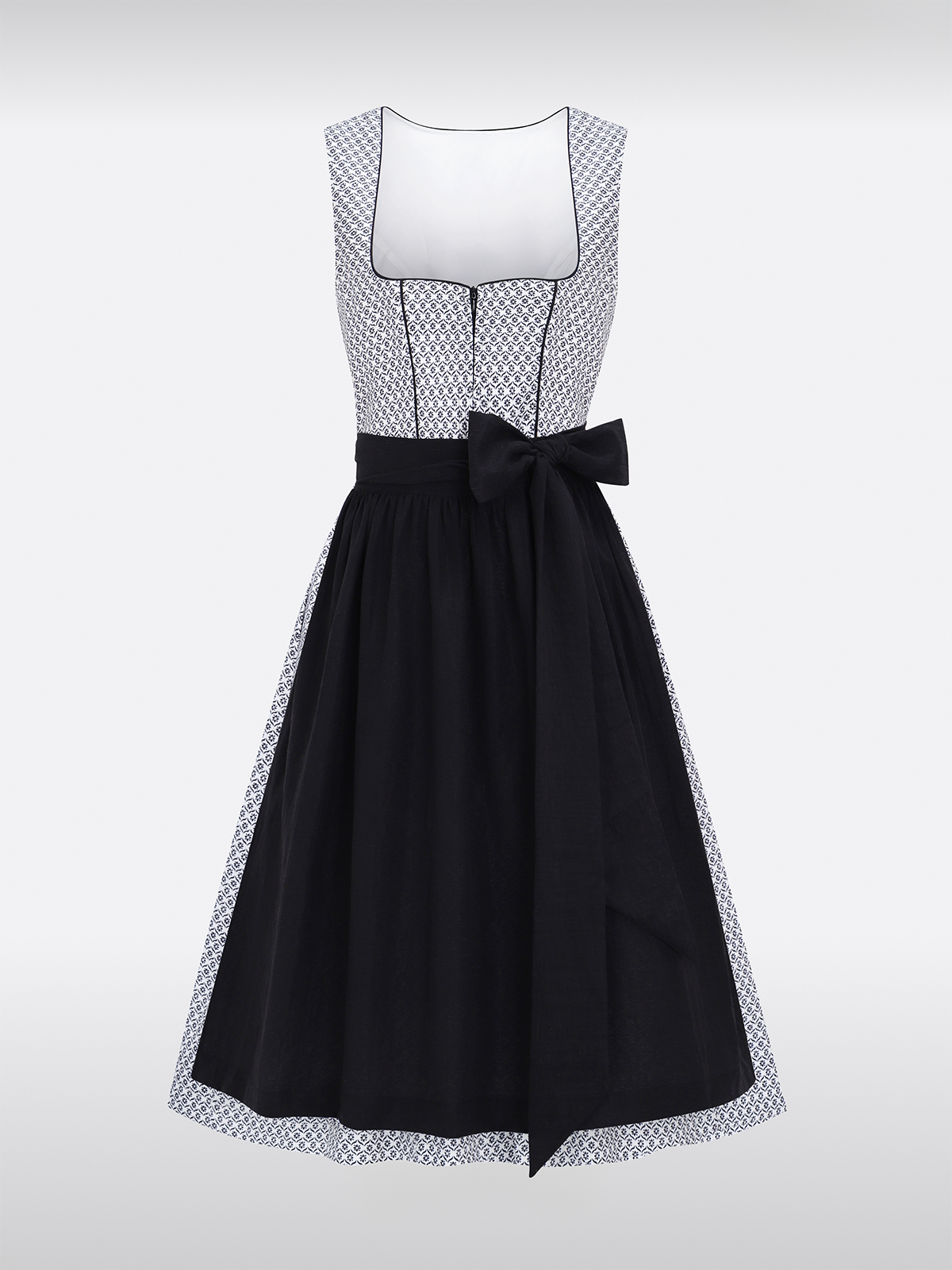Introduction: The significance of traditional costume in German culture
Traditional costume, especially the dirndl, is an integral part of German folk culture, especially in Bavaria and Austria. While it was once a form of everyday wear, the dirndl is now primarily found at folk festivals like the Munich Oktoberfest or religious celebrations. In recent years, however, it has experienced a renaissance – not only as a symbol of local ties, but also as an expression of modern identity and individual fashion.
1. The History of the Dirndl: From Work Costume to Icon of Folk Culture
The dirndl gray has a long history dating back to the 19th century. It developed from the clothing of the rural population and became particularly popular through the Romantic Heimat movement and later folk festival culture. In the 20th century, it became a symbolic costume, particularly due to the romanticization of rural culture during the Nazi era and later through advertising and tourism.
Tip for the text:
Use historical facts to illustrate the dirndl's transformation from everyday wear to festive wear. This provides a solid foundation for the text.
2. The dirndl trend 2025: What's new?
In 2025, there is a clear trend towards Modernization and individualization the traditional costume. The fashion industry is experimenting with:
- Materials: Sustainable fabrics such as organic cotton, hemp or recycled synthetic fibers are replacing traditional wool and linen.
- Colors and patterns: In addition to classic colors such as blue, red and black, in 2025 Pastel tones, Neon accents and geometric patterns.
- Cutting variants: Short, long, asymmetrical – designers experiment with lengths, shoulder areas and waist shapes.
- Accessories: Modern Dirndls combine traditional aprons with sneakers, caps or even sports jackets.
- Diversity and gender fluidity: There are increasingly gender-neutral and including Versions of the costume, also for LGBTQ+ communities.
Tip for the text:
Quote current designer brands such as Love of homeland, *Munich Fabric или Traditional costume fashion 2.0to make the trends concrete.
3. Tradition and modernity in tension – How is traditional costume accepted?
Despite modern interpretations, there is also resistance. Conservative circles fear that commercialization and adoption by mainstream fashion will destroy the cultural significance of the dirndl. At the same time, many young people see the dirndl as strong symbol of identity, pride and regional solidarity – and not as an anachronism.
Tip for the text:
Refer to sociological studies or interviews with young wearers and traditional costume brands to reflect the complexity of the discussion.
4. The role of the media: social networks and influencers as trend makers
Social media plays a crucial role in popularizing modern versions of the dirndl.Influencers on Instagram, TikTok, and YouTube present everyday looks with traditional elements, reaching a broader target audience. Fashion magazines such as Gala costume or Bavarian Dirndl Magazine promote the trend through interviews, photo shoots and fashion tips.
Tip for the text:
Analyze examples such as the “Dirndl Tutorial” on TikTok or the Instagram campaigns of major fashion houses.
5. Future prospects: Will traditional costumes become global?
The globalization of fashion could lead to the dirndl gaining international recognition—similar to the recent rise of the Korean hanbok or the Mexican huipil. With the increasing demand for authentic, sustainable, and culturally inspired clothing, the dirndl can play a new global role—not as folklore, but as an expression of a modern, conscious way of life.
Tip for the text:
Discuss possible collaborations between international designers and traditional clothing brands or the influence of sustainability on traditional clothing.
Conclusion: A garment on the way to the future
The dirndl doesn't stand still – it transforms. 2025 is a year of diversity, innovation, and cultural reinterpretation. Dirndl Today, it's no longer just a piece of clothing, but an expression of identity, consciousness, and self-confidence. It unites past and future—and proves that tradition can stay alive if it evolves.

